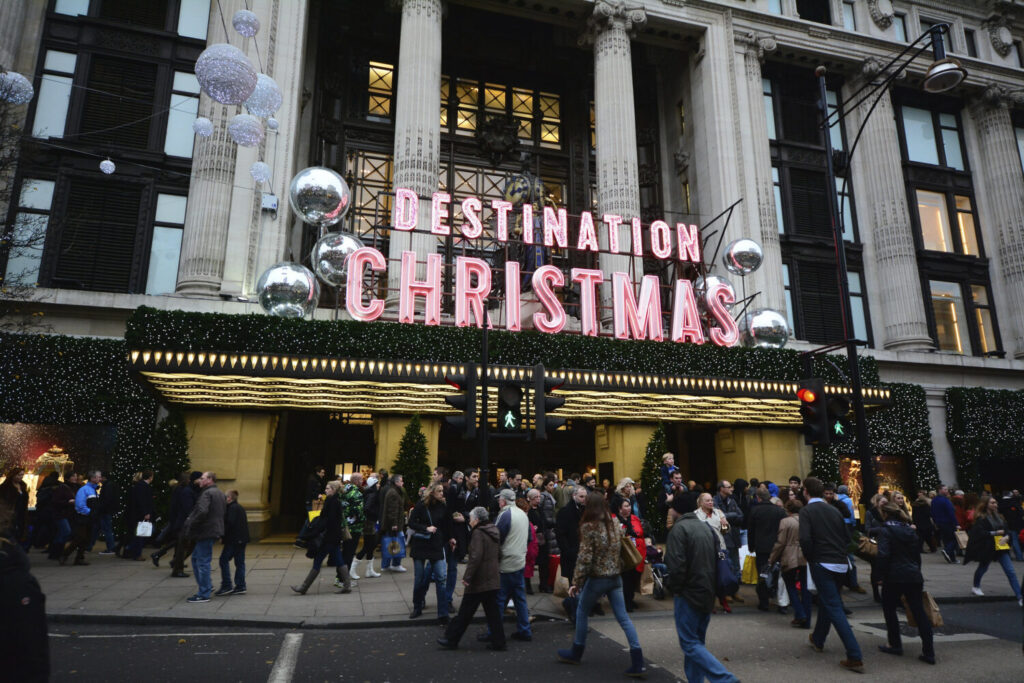Vacancy rate falls but concerns over consumer confidence remain
Despite predictions that falling consumer confidence will put retail recovery to the test, the number of empty stores has continued to decline. However, the current vacancy rate is still higher than pre-pandemic levels.
The British Retail Consortium (BRC) and Local Data Company (LDC) reported that the overall vacancy rate across Britain fell to 13.9% in Q3 – the fourth consecutive quarter in which the number of empty shops has reduced.
From Q2 to Q3, high street vacancies reduced to 13.9% from 14% while shopping centre vacancies dropped to 18.8% from 18.9%.
Geographically, the lowest vacancy rates were found in London, the South East and East of England. The highest rates were in the North East, Wales and the West Midlands.
Lucy Stainton, Commercial Director at LDC, said “Our latest analysis of the physical retail and leisure market across GB as a whole shows a sustained level of recovery at a time when further economic headwinds have been well-documented. With a decrease in store closures compared to the same time last year, in parallel with an increase in openings, vacancy rates have continued to decline as we look to the end of 2022.

According to Helen Dickinson, chief executive of the BRC, “The costs of operating in many towns and cities remain high and demand will be tested by the fragile economy and falling consumer confidence in the lead-up to Christmas.
“Higher costs are already pushing up prices and the industry faces a government imposed extra £800 million business rates bill from April 2023. This will force many retailers to make tough decisions about whether to invest in new stores or close existing ones.
“The government should freeze business rates and reform the broken transitional relief system. This will support investment in communities across the country and help keep prices low for consumers.”